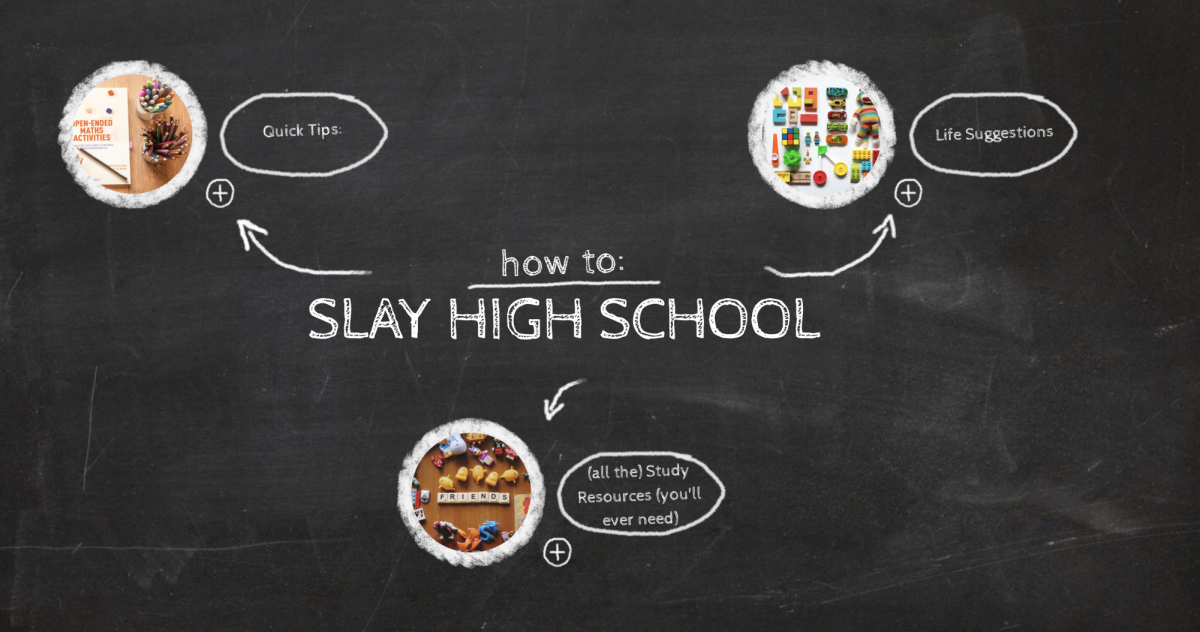While some students stop doing school work well into their second semester, others are studying harder than they ever have before. May entails not only the end of the school year, but second semester final exams and advanced placement class exams. This incredible stress has made some wonder, is this fair for students?
“It is very important for students to take finals. If we didn’t give finals we would be doing our students a disservice. In college the final score is often the only grade for a given class,” physics teacher Jennifer Meyer said. “When my students take a final they show me their level of expertise on the material. When they take an AP (test) they show universities their level of expertise on the material. My class prepares students to do very well on the AP, but the AP is not my test.”
Meyer’s approach is one that many teachers take, the view that because it counts for college credit the AP test should not count as the final. However, AP classes are taken by students to prepare for that test, so having what they study all year for being their final grade seems to make sense.
“Since I have mostly seniors by the time they take the AP Psychology exam we are in the final week of school for seniors and we have been working very hard all year to prepare for this exam,” psychology teacher Cathy Dobkin said. “They have prepared and taken a comprehensive test which was the AP Psychology test, so to make them do an additional final seems redundant.”
Dobkin gives her students options: they can either take the AP test and use that as their cumulative final grade or they skip the actual AP test but are given a final that is a similar style. This arrangement is good for students because they must apply their knowledge to the AP test without the added stress of worrying about their grades in the class after their test.
Students praise this method, saying that they are able to focus on others exams this way. Senior Becca Cohen says this helps reduce the mental strain that comes at the end of the year, although prefers the method that her statistics teacher, Mr. John Theobald, gives to his students.
“My AP Stat students do not take a cumulative final,” Theobald said. “Instead they have a final project that has to encompass what they have learned throughout the course of the year. With the timing of the AP exams and finals all falling at the same time, my hope is that the project will be less stressful and give them more time to prepare for the AP.”
This method gives students a chance to apply their knowledge, as they would in a final exam, without the extensive studying. They also receive time to work on it during class, which allows even more time outside of class to study for the AP test. Students work with a partner, which Cohen says she enjoys.
“I’m using the companion book to study and we’re getting review in class,” Cohen said. “It’s so helpful.”
Another point argued by those in favor of both tests is dual enrollment, for most students who take AP classes it counts as a high school and college credit. Math teacher Mr. Tom Schaefer does not force a final exam, but only because his AP Calculus class is not dual enrollment.
“If it were dual enrollment, I would definitely make them take a final because that grade would be sent to colleges along with the credit,” Schaefer said. “My Calculus BC students can only receive college credit through taking the AP, so the grade I give them is only for their high school GPA.
Schaefer does, however, allow students to boost their grade by taking a final as well as an AP, but only requires the students to take one or the other.
“If they do well enough on the AP test to receive college credit, I feel I have done my job and that a final was not necessary,” Schaefer said.
When a teacher decreases the amount of end-of-the-year stress that a student has by not making them take two cumulative exams along with all their other responsibilities, they are able to help students while still educating them fully. This redundant practice serves to the fact that students are overworked and overstressed.


